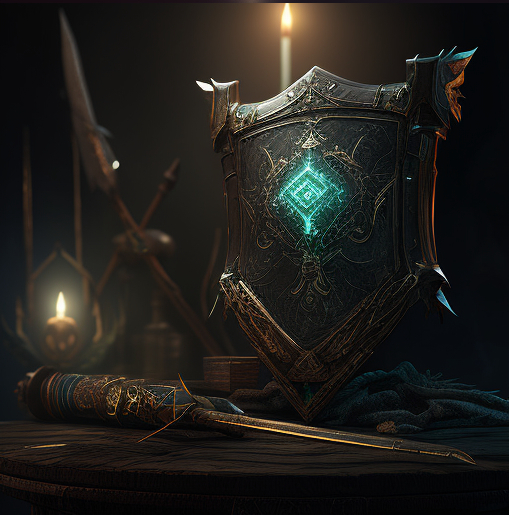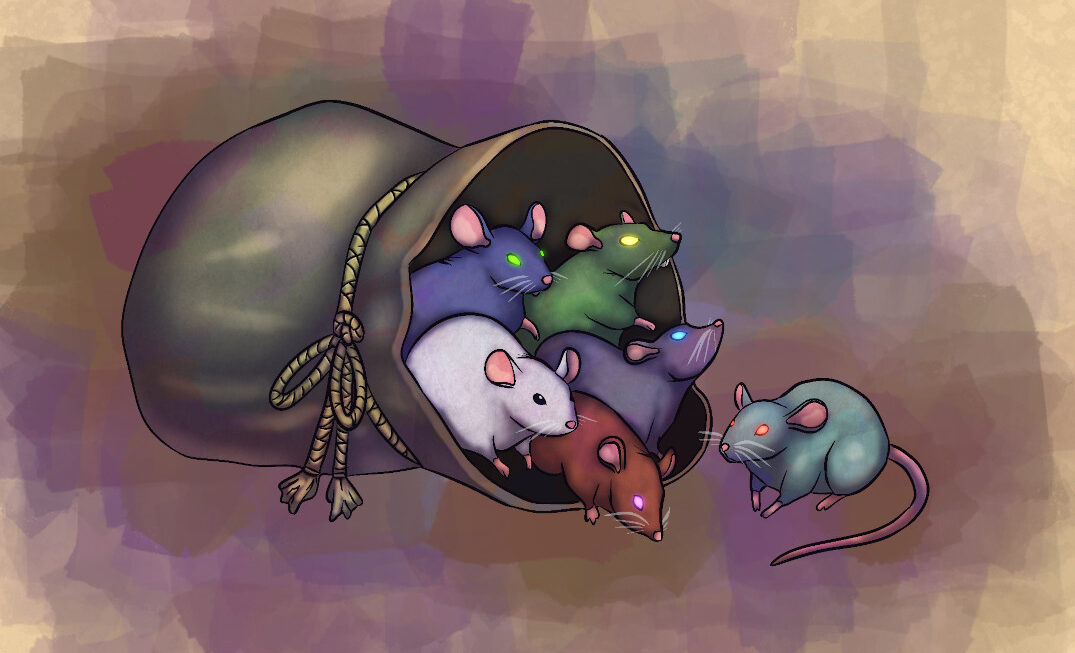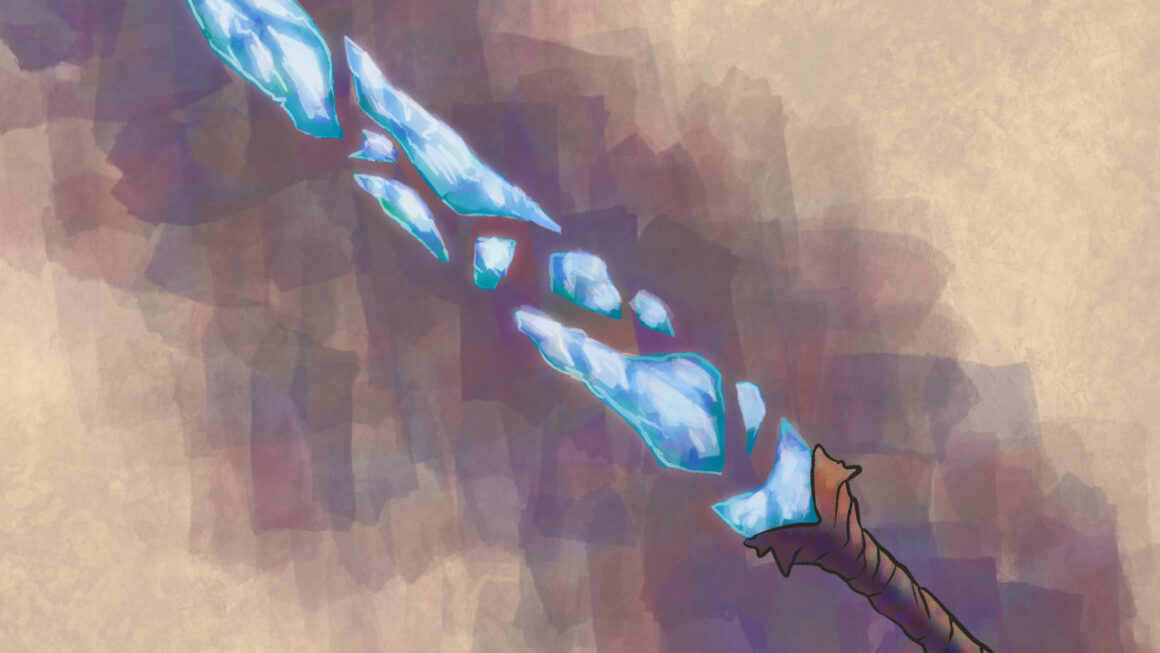Magic items are more than just simple tools of power. They can be crafted to synergize with one another, granting their wielders abilities that each individual item does not possess. This synergy can be achieved through the expertise of an enchanter, who creates these items specifically for an adventuring party. Alternatively, magic items may be made for members of a secret guild or bestowed upon champions of a deity through a religious ceremony. Regardless of their origin, magic items that synergize with one another offer a unique opportunity for adventuring parties to enhance their teamwork and deepen their strategy.
Magic Item Sets
A collection of magic items that share the same synergy enchantment are known as a set. When different characters in an adventuring group attune to items in the same set, they get access to the synergy dice pool.
Items in the set that previously did not require attunement must now be attuned to access the synergy dice pool.
Synergy Dice Pool
By attuning to magic items with synergy enchantments, each member of the party contributes a d4 to a shared dice pool. This pool can then be accessed by any member who has contributed to it. The type of enchantment determines the specific effect that the pool can be used for. Each die can only be used once, but the pool is refreshed at dawn every day.
For example, Tam and Rand are attuned to two items with enchanter’s marks. The synergy dice pool is 2d4 which only Tam and Rand can access when they miss an attack roll as specified by the synergy enchantment type.
Attuning to an item in a set or casting an identify spell on it will reveal the type of synergy enchantment on an item.
All the items in the example sets are of uncommon rarity. Creating sets from items of higher rarity could increase the die type to d6 or d8.
Enchanter’s Mark
Experienced adventuring parties will sometimes commission an enchanter to create bespoke items for their group.
Effect: After missing an attack roll, you can use a reaction to roll a synergy die and add it to the roll.
Identification: These items can be identified by the enchanter’s mark, usually a small symbol or signature stamped or embossed on the items in some way.
Example set:
Guild Membership Sign
Secretive organizations like a thieves’ guilds or a cult can use magic items to prove membership to each other and gain access to restricted areas.
Effect: After failing a skill check, you can use a reaction to roll a synergy die and add it to the roll.
Identification: Items with this enchantment vibrate subtly when within 30 feet of each other.
Example set:
Consecrated Relics
Religious orders or chosen champions of a deity can have their items sanctified to help them complete some task deemed important by higher powers.
Effect: After failing a saving throw, you can use a reaction to roll a synergy die and add it to the roll.
Identification: These items are prominently emblazoned with religious symbols of the deity that consecrated them. These items will be detected by a detect evil and good spell.
Example set:
Final Oath
Some oaths that bind a group to a quest they will attempt to complete even if it costs each member their life will empower their items to help them achieve their goal.
Effect: Instead of rolling a death saving throw you can roll a synergy die and heal that many hit points.
Identification: A detect magic spell will reveal a necromancy enchantment on these items.
Example set:




One thought on “Magic Item Synergy”